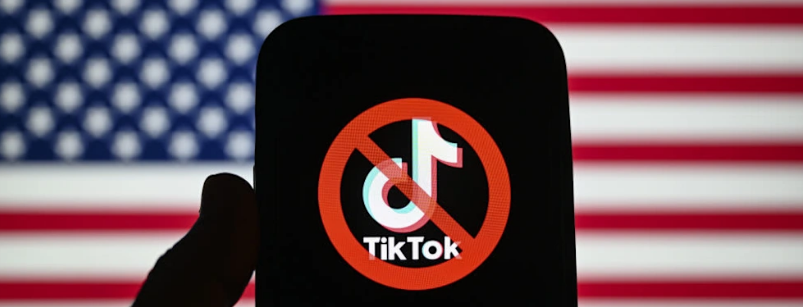Did you know the Presidential candidate with the most votes doesn’t always win? It’s true, there have been five (or six, figure is disputed) times in American history where the Presidential candidate with less votes has won the election. But why is that? That is because in America, we decide our general-election with a system called the Electoral College.
What is it?
The Electoral college as established by the constitution is how we as Americans decide who will be our next President. Every state gets a certain amount of “electoral votes” based on their population. More people equals more votes. In total there are 538 votes distributed across 50 states and the District of Columbia. But you only need 270 to win. The Electoral College was designed to give every state, even the smallest and least populated, a say in the Presidential election, but the system has been becoming more and more controversial since it’s creation.
The flaws
One of the biggest problems with the Electoral College is that it leaves many voices unheard. For example, a state like Texas will almost always vote republican, meaning that a presidential candidate has almost no reason to campaign there and rally voters. Republicans don’t have to worry about locking down the electoral college votes from that state, and democrats will never flip those votes, so it would be a waste of time and campaign resources to travel there. In 2020, over 90% of the Presidential election campaign events were held across only 12 states, in a 50 state country, it’s unacceptable that only 7-12 of the most closely-divided states (voter wise) decide who wins the general-election, and it allows candidates to disregard many of the Americans living in states like California, Texas, Washington, Maryland and more. Another flaw, and probably the most severe, is that the Electoral College creates rare instances where a more popular candidate will lose the Electoral College, and thus the election. This most-recently happened in 2016, when Donald Trump defeated Hillary Clinton in the general election 304-227 (electoral votes), despite Trump losing the popular vote by a small margin. More recently, in 2020, while Joe Biden won the popular vote by seven-million nationally, and the Electoral College, if ∼21,000 voters across Arizona, Georgia, and Wisconsin would have flipped their vote, Donald Trump would have defeated him.
A solution
The National Popular Vote Interstate Compact (NPVIC) aims to address the flaws of the Electoral College by ensuring that the president is elected based on the national popular vote. Under the agreement, states agree to allocate their electoral votes to the candidate who wins the popular vote nationwide, rather than the winner within their own state. This approach seeks to make every vote count equally, and would allow for more voices to be heard, more people to be seen on the campaign trail, and more issues addressed at the national level.
Sources:
https://www.nationalpopularvote.com/
https://web.archive.org/web/20060602104422/http://www.fairvote.org/presidential/?page=1677
https://www.harvardmagazine.com/2020/07/why-do-we-still-have-the-electoral-college








